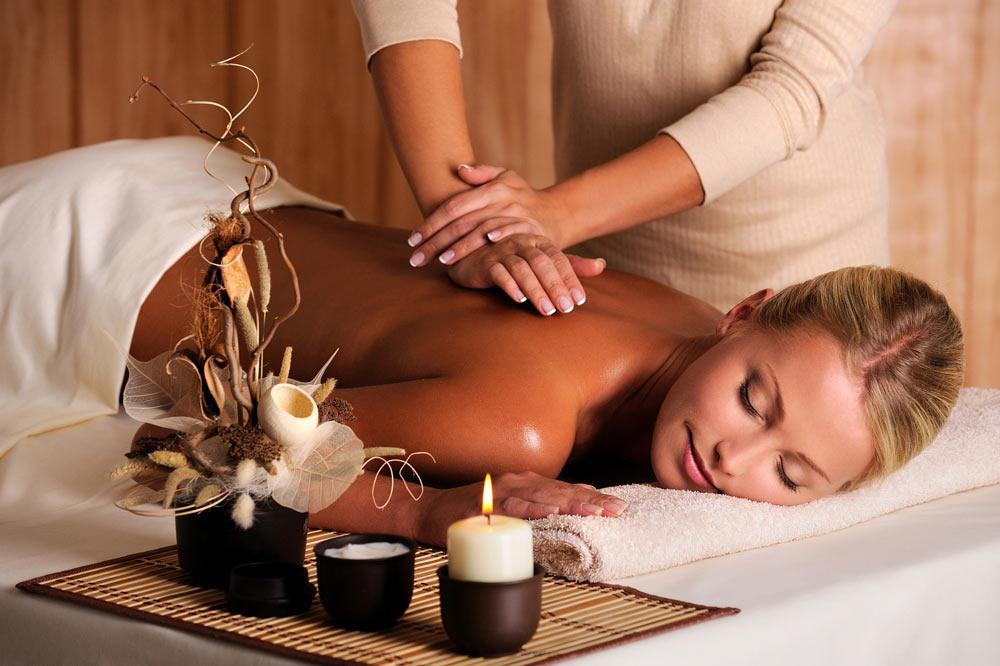Swedish massage is one of the most popular and widely practiced massage techniques worldwide. Known for its soothing and relaxing effects, it provides numerous physical and mental health benefits. This article delves into the origins of Swedish massage, its techniques, benefits, and what to expect during a session, offering a comprehensive understanding of why it remains a favorite among massage therapies.
What is Swedish Massage?
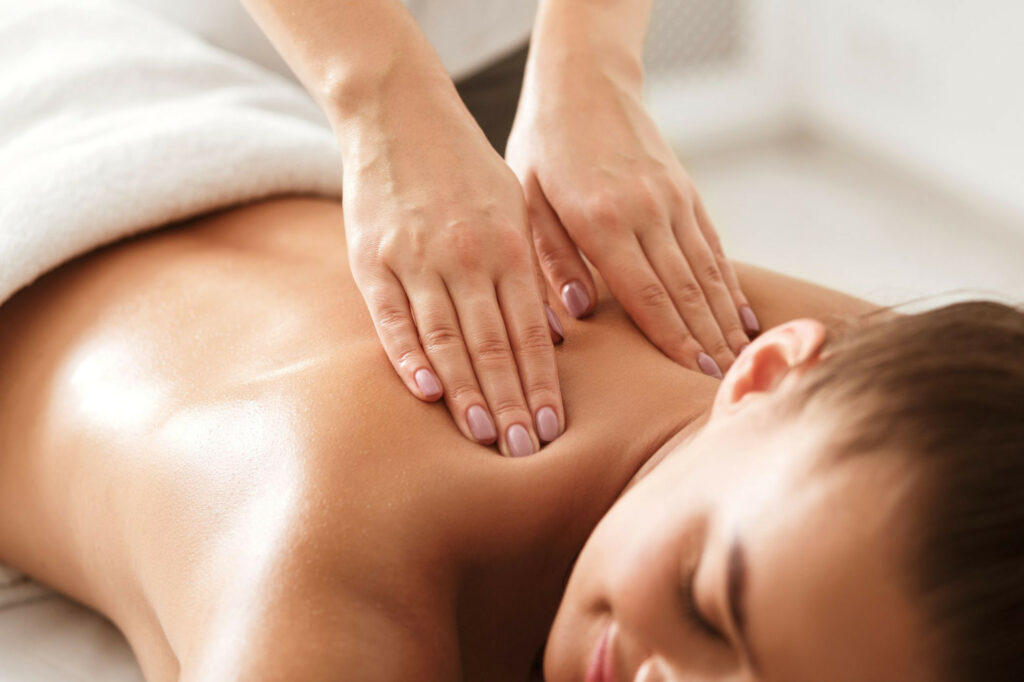
Swedish massage, also known as classic massage, involves a combination of techniques designed to relax muscles by applying pressure to them against deeper muscles and bones. It involves the use of massage oils to reduce friction and promote smooth, gliding strokes. This technique was developed in the early 19th century by Per Henrik Ling, a Swedish physiologist and fencing instructor who sought to enhance physical conditioning through massage and gymnastics.
What is Swedish Massage?
Swedish massage employs several specific techniques to achieve its relaxing and therapeutic effects. These include:
- Effleurage: This technique involves long, sweeping strokes that help to warm up the muscles, increase blood circulation, and relax the body. Effleurage is often used at the beginning and end of a session to prepare the muscles and help the client relax.
- Petrissage: Petrissage involves kneading, rolling, and squeezing the muscles. This technique is used to break down knots and tension in the muscles, improve circulation, and increase flexibility.
- Friction: Friction is a deeper, more focused technique that involves rubbing the muscles to create heat and break down adhesions or scar tissue. It’s particularly effective for treating specific areas of tension or tightness.
- Tapotement: This technique includes rhythmic tapping, pounding, or chopping movements. Tapotement helps to stimulate the nervous system and invigorate the muscles, making it a good choice for energizing the body.
- Vibration: Vibration involves rapid shaking or trembling movements to relax and loosen muscles. This technique can help reduce tension and stimulate the nerves.
Benefits of Swedish Massage

Swedish massage offers a multitude of benefits that contribute to overall health and well-being. Here are some of the primary advantages:
Physical Health Benefits
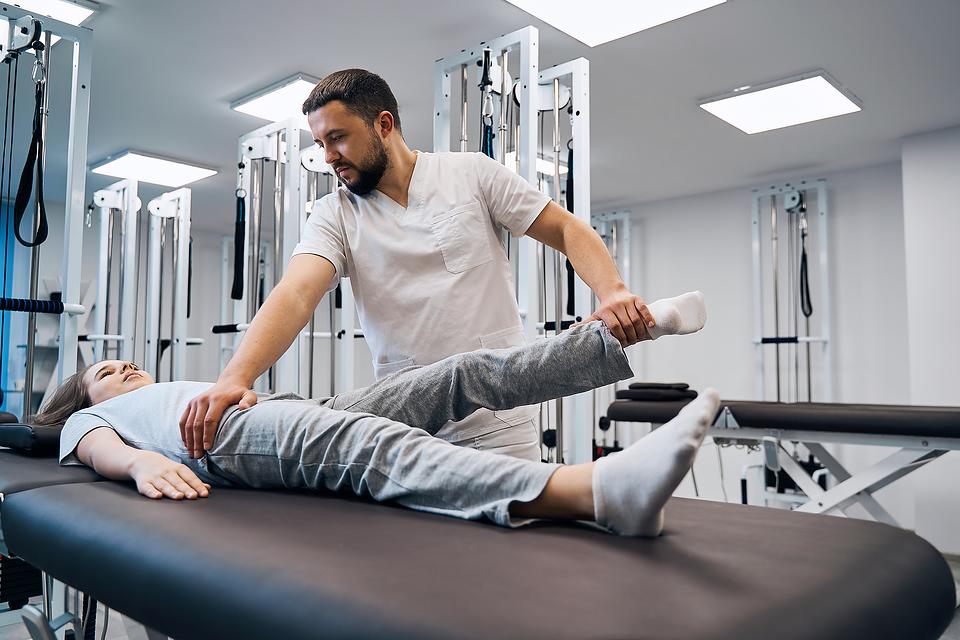
- Muscle Relaxation: The various techniques used in Swedish massage help to relieve muscle tension and stiffness, promoting relaxation and flexibility.
- Improved Circulation: By enhancing blood flow, Swedish massage ensures that oxygen and nutrients are efficiently delivered to cells, aiding in muscle recovery and overall health.
- Pain Relief: Swedish massage can alleviate chronic pain, including back pain, arthritis, and muscle soreness, by targeting specific areas of discomfort and reducing inflammation.
- Increased Range of Motion: Regular Swedish massage sessions can improve joint flexibility and range of motion, making it beneficial for athletes and individuals with mobility issues.
Mental and Emotional Benefits
- Stress Reduction: The relaxing nature of Swedish massage helps lower cortisol levels (the stress hormone) and promotes a sense of calm and well-being.
- Improved Sleep: By reducing stress and promoting relaxation, Swedish massage can improve sleep quality, helping individuals achieve deeper, more restful sleep.
- Enhanced Mood: The release of endorphins during a massage can elevate mood and reduce symptoms of anxiety and depression, contributing to emotional well-being.
What to Expect During a Swedish Massage Session
Knowing what to expect during a Swedish massage session can help you feel more comfortable and get the most out of the experience.
Preparation
Before your session begins, you will typically have a brief consultation with your massage therapist to discuss any specific areas of concern or focus. This is the time to communicate any medical conditions, injuries, or preferences regarding pressure and techniques.
The Massage Process
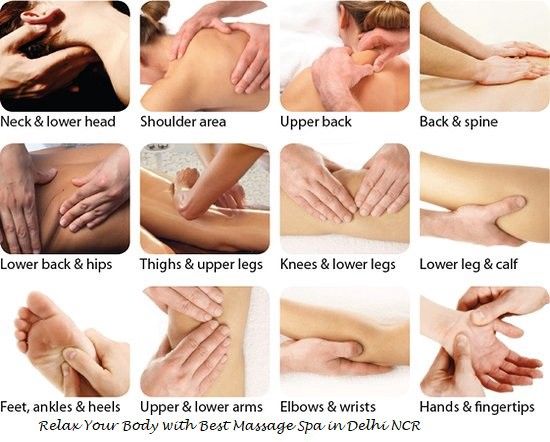
- Environment: The massage will take place in a quiet, comfortable room with dim lighting and soothing music. You will be asked to undress to your level of comfort and lie on a massage table, usually covered by a sheet or towel.
- Initial Strokes: The therapist will begin with light, gentle strokes (effleurage) to warm up the muscles and help you relax. This phase sets the tone for the session and prepares your body for deeper work.
- Deeper Techniques: As the session progresses, the therapist will incorporate deeper techniques such as petrissage and friction to address specific areas of tension and tightness. Communication is key; feel free to provide feedback on the pressure and any discomfort.
- Final Relaxation: The session typically concludes with more gentle effleurage strokes to calm the nervous system and bring the body back to a relaxed state.
Post-Massage Care
After the massage, it’s important to drink plenty of water to help flush out toxins released from the muscles. Take some time to rest and avoid strenuous activities to allow your body to fully absorb the benefits of the massage.
Choosing a Qualified Swedish Massage Therapist

Selecting a qualified and experienced therapist is crucial for a beneficial Swedish massage experience. Here are some tips for finding the right therapist:
- Credentials and Training: Ensure the therapist is certified and has received formal training in Swedish massage techniques.
- Experience: Look for a therapist with experience and positive reviews. Personal recommendations from friends or family can also be valuable.
- Comfort and Communication: A good therapist should make you feel comfortable and be willing to listen to your needs and preferences. Effective communication is essential for a positive experience.
Integrating Swedish Massage into Your Wellness Routine
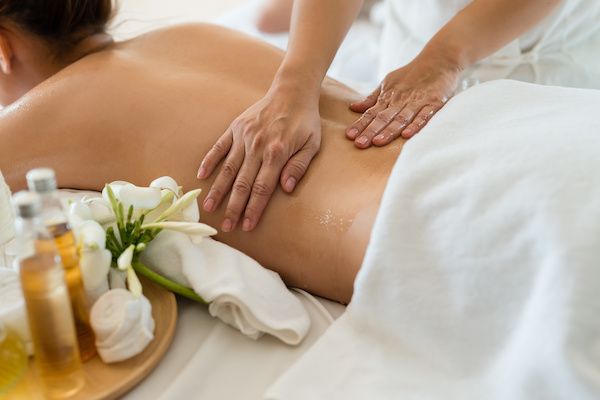
To maximize the benefits of Swedish massage, consider incorporating it into your regular wellness routine. Here are some tips:
- Regular Sessions: Consistency is key. Regular sessions can help maintain the benefits and promote long-term health and well-being.
- Complementary Practices: Combine Swedish massage with other wellness practices such as yoga, meditation, and a balanced diet for holistic health.
- Self-Care: Between sessions, practice self-care techniques such as stretching, staying hydrated, and maintaining good posture to support your body’s well-being.
Conclusion
Swedish massage is a powerful tool for promoting physical and mental well-being. Its combination of soothing and therapeutic techniques provides numerous health benefits, from muscle relaxation and pain relief to stress reduction and improved mood. By understanding the principles and benefits of Swedish massage, and knowing what to expect during a session, you can fully embrace this popular form of massage therapy. Whether you seek relief from chronic pain, stress, or simply a way to relax and rejuvenate, Swedish massage offers a holistic approach to achieving a balanced and healthy life.
For further insights into the benefits of Swedish massage, explore our in-depth guide on the topic here.
